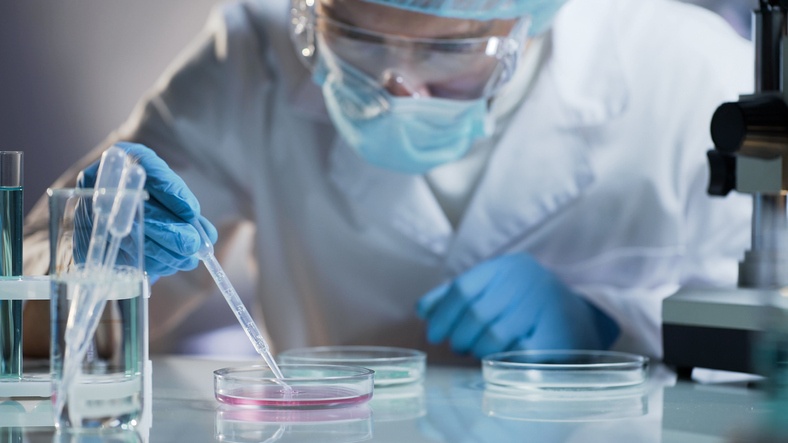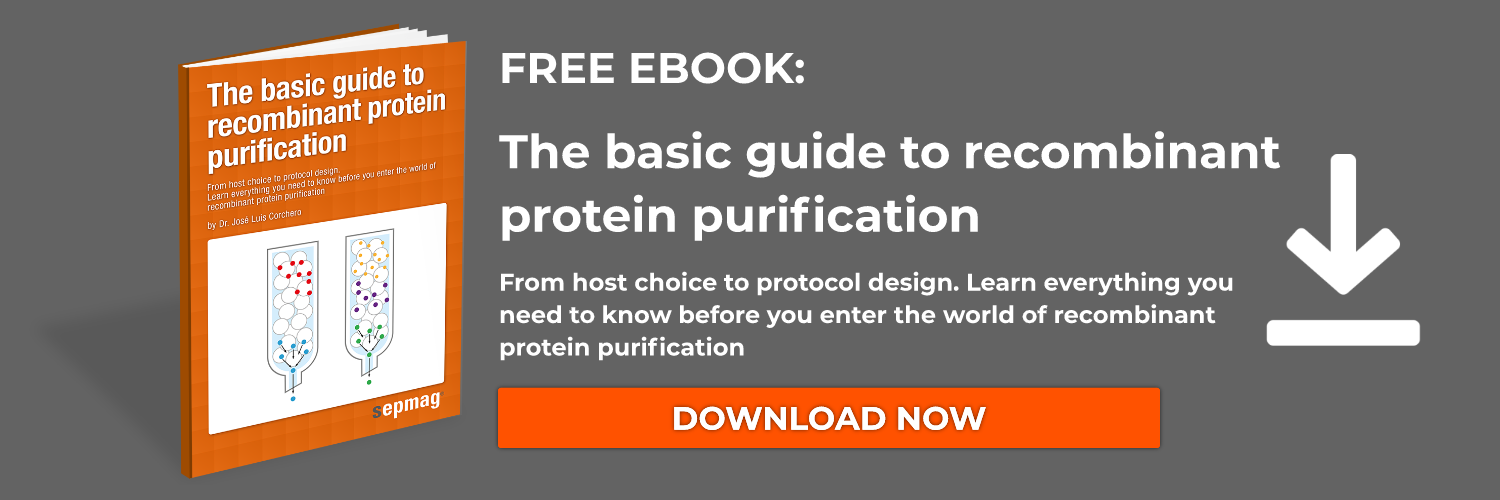Protein purification services are available for anyone who is in need of a custom antibody or recombinant protein for research and development purposes. If your laboratory is not equipped to produce recombinant proteins in house, then this may be an attractive option. These services require you to provide a sequence and preferred expression system; in turn they will deliver a quality controlled protein with accompanying documentation to you within just a few weeks.
Antibodies and recombinant proteins are fundamental to the development of immunoassays, high throughput screens, multiplex testing, structural analysis, and drug discovery. The isolation of native proteins may not provide a high enough yield for these applications. So, the ability to order them on demand is very helpful in the progress of research and development.
The steps involved in protein purification services
-
Identify the sequence of interest
-
Choose an expression system and optimized cloning vector
-
specify open reading frames, untranslated region, and cloning sites
-
The vector is a plasmid or virus designed for gene expression in cells. It is used to introduce the gene of interest into a target cell and contains regulatory sequences to act as enhancer and promotor regions. The vector must match the expression system. For example, a shine-dalgarno sequence in required in prokaryotes while a Kozak consensus sequence is required in eukaryotes
-
Commonly used protein expression host systems: mammalian, bacteria, plant, algal, yeast, insect
-
E. coli is the most commonly used host (bacteria)
-
Optimize the genetic code
-
Commercial software is available to aid in optimization
-
The genetic code is degenerate; each amino acid has multiple sequences that encode it. This is called codon usage bias; there are 64 codons (61 + 3 stop codons) but only 20 translated amino acids.
-
Expression of proteins in a heterologous host (an organism that doesn’t naturally express the protein) may require gene optimization to change the gene sequence to contain the codons preferred by the host organism.
-
Other parameters influencing protein expression:
-
transcriptional level: GC content, consensus splice sites, cryptic splice sites, SD sequences, TATA boxes, termination seignals, artificial recombination sites
-
mRNA level: RNA instability motifs, ribosomal entry sites, repetitive sequences
-
translational level: codon usage, premature poly (A), ribosomal entry sites, secondary structures
-
Plasmid preparation
-
Transfection and protein expression
-
If every step of the process has been optimized, then the protein expression yield will be very high; this is another reason why protein purification services may be an efficient option.
-
Purification
-
Typically done with affinity chromatography (using Fc or His tag). The tag is put into the optimized sequence at earlier step. Purification of IgG antibodies is often done using protein A/G.
-
Additional purification can be performed via High Performance Liquid Chromatography (HPLC)
-
Documentation and delivery
-
The protein will be delivered in just a few weeks accompanied by quality control documentation. The protein is characterized and quality controlled by SDS-page and western blot.
Ordering proteins for your project from a company that has protein purification services may save you money in the long run simply due to the optimization steps performed throughout the process. If your laboratory isn’t set up with expression systems and cloning vectors, then outsourcing the job to professionals will certainly save time and sanity!





